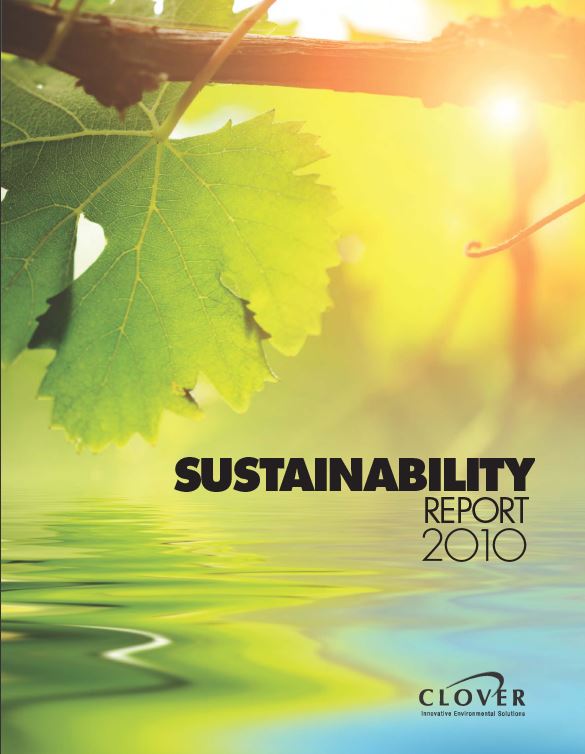Clover Technologies Group

Clover Recycled and Remanufactured Ink and Toner Cartridges
Clover Offers Environmental Solutions of Ink & Toner Cartridges that are Remanufactured or Recycled. Clover offers vertically-integrated, closed-loop environmental solutions. The proprietary closed-loop environmental process ensures that every component of the empty cartridges collected is either remanufactured or recycled. Green Is Here to Stay...if Clover has Anything to Say About It. The sustainable living movement has gone mainstream. There has never been a better time to promote the environmental benefits of remanufactured imaging supplies as an alternative to wasteful OEM cartridges. Clover's position as the industry leader in sustainable environmental solutions makes it easy to "go green."
How to Go Green...with Clover
Education on the positive environmental impact of remanufactured imaging supplies. In addition to emphasizing the cost savings and quality of remanufactured imaging supplies, it's important to raise awareness of the positive environmental impact that remanufactured imaging supplies have on our planet. Simply put, remanufacturing is the most environmentally responsible choice. When a cartridge is remanufactured, it is reused. Besides reducing consumption, reuse is the highest form of environmental responsibility. It is superior to recycling in that it doesn't use non-renewable resources to breakdown plastic and metal.
Compelling statistics that consumers may not be aware of include:
* Each discarded laser cartridge adds approximately 2.5 pounds of metal and plastic waste to our landfills - waste that will take as long as 1,000 years to decompose. * The plastic in each new laser toner cartridge takes 3.5 quarts of oil to produce while each new inkjet cartridge requires 2.5 ounces of oil.3 * CO2 emissions during the manufacturing of a new cartridge are almost 2.5 times the emissions produced during remanufacturing.4
Industry-Leading Environmental Practices
Clover offers vertically-integrated, closed-loop environmental solutions. The proprietary closed-loop environmental process ensures that every component of the empty cartridges collected is either remanufactured or recycled. Clover is the only remanufacturer in the industry to have its own grinding facility, where unusable cartridge components are ground and recycled into new plastic products to complete this proprietary closed-loop process. All of Clover's products use SFI (Sustainable Forestry Initiative) certified packaging and contain a recycling solution in every box.
